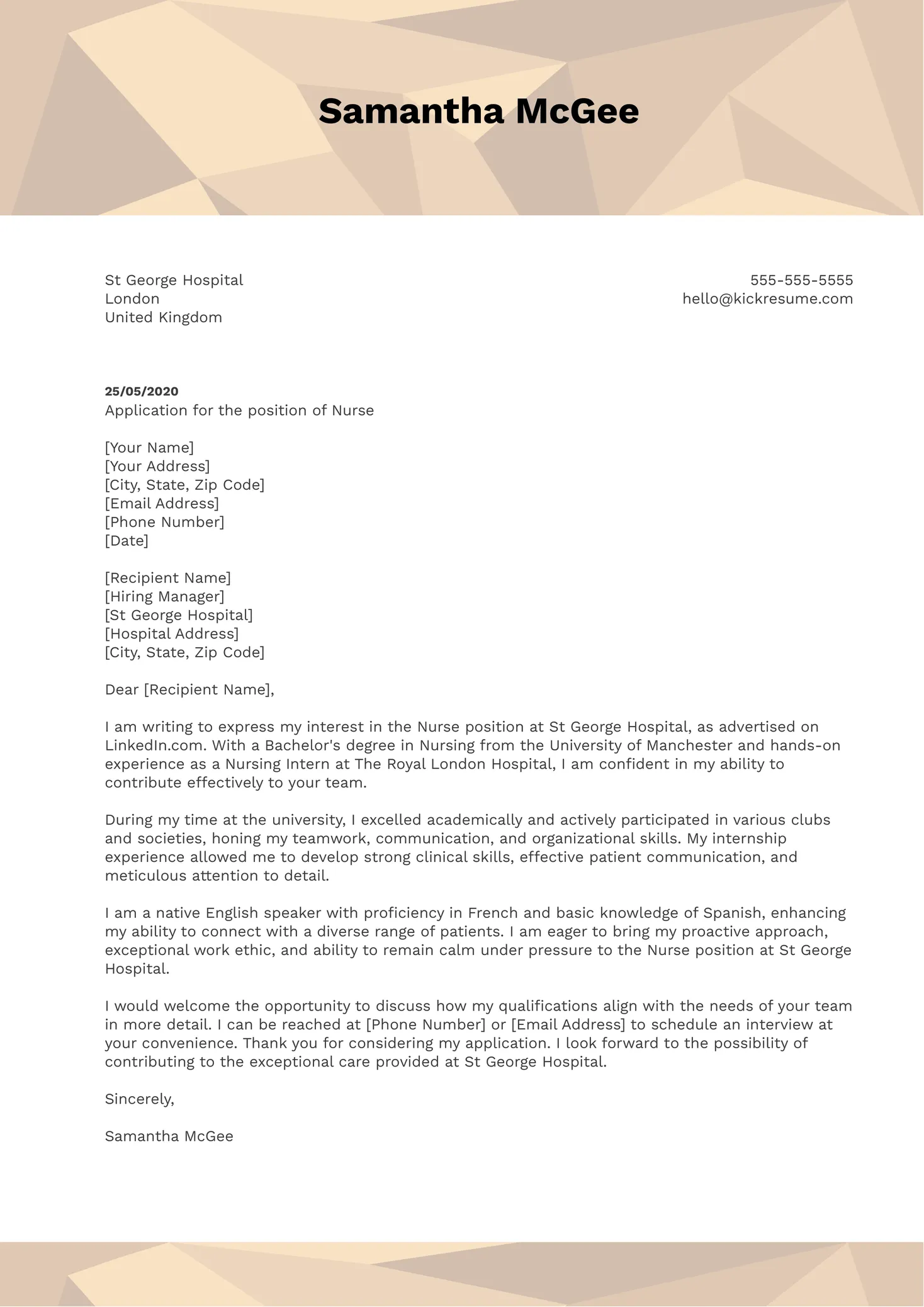Understanding the Purpose of a Nurse Cover Letter
A well-crafted cover letter is your first opportunity to make a positive impression on a potential employer. It serves as a crucial introduction, setting the stage for your application and highlighting your suitability for the role. It’s a chance to go beyond the bullet points of your resume and tell your story, showcasing your passion for nursing and explaining why you are the ideal candidate. A strong cover letter is not just a formality, it’s a powerful tool for setting yourself apart from other applicants and increasing your chances of securing an interview. This document allows you to express your unique qualities, skills, and experiences in a way that a resume alone cannot. It offers a personal touch, demonstrating your genuine interest in the specific opportunity and the healthcare organization offering it.
Why a Cover Letter is Crucial for Nurses
For aspiring graduate nurses, a cover letter is even more critical. Since you might have limited professional experience, it’s your chance to shine, emphasizing your education, clinical rotations, and any volunteer work that demonstrates your commitment to nursing. It is also essential to use it to showcase your professional potential, and how your skills can benefit your new workplace. With cover letters, you can highlight your eagerness to learn, your adaptability, and your ability to quickly integrate into a new team. A well-written cover letter provides insights into your personality, your communication skills, and your ability to articulate your career goals. Recruiters want to see if you are suitable for the job, so the cover letter can help you accomplish that.
Key Components of a Winning Nurse Cover Letter
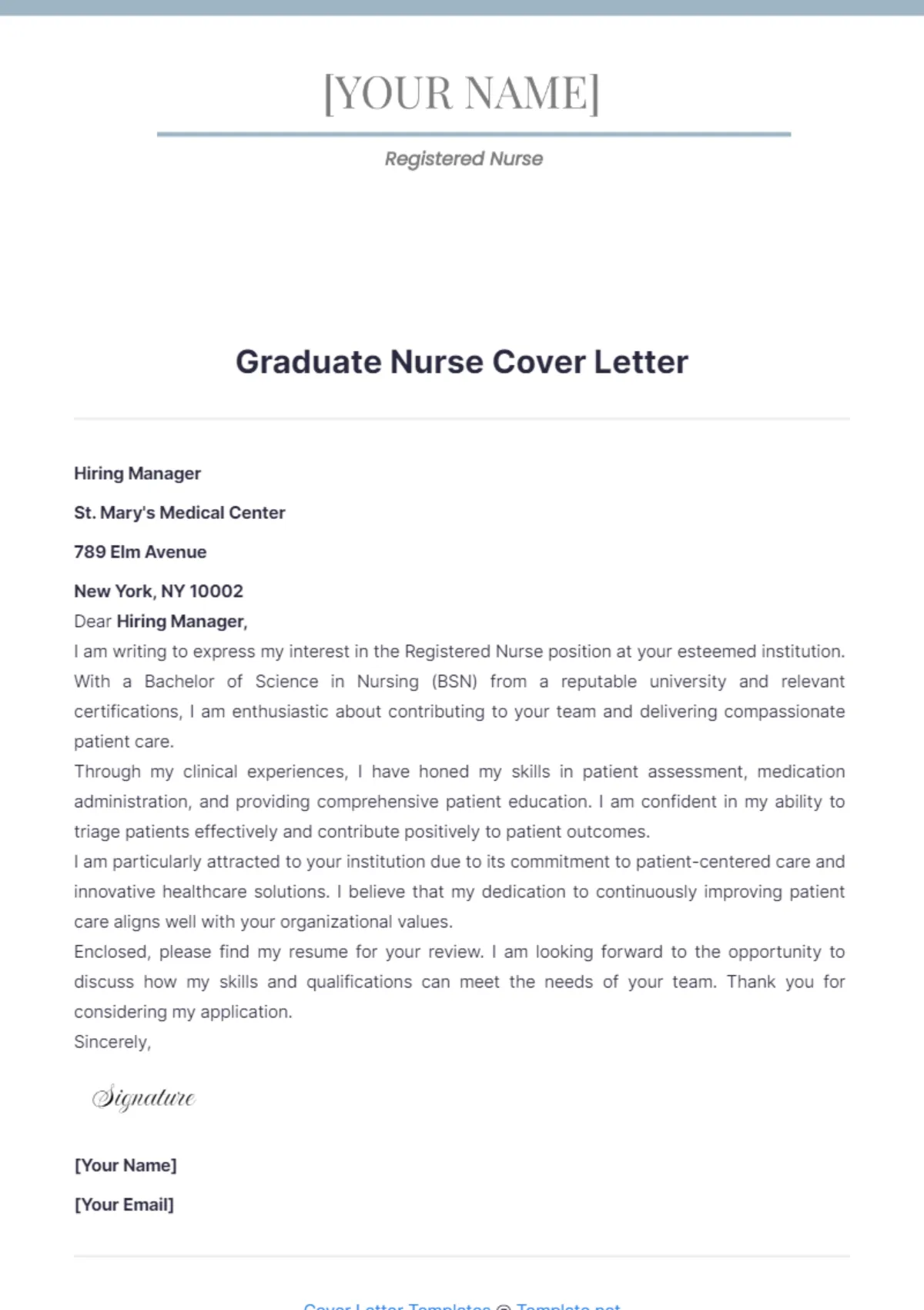
A winning nurse cover letter is more than just a formality; it’s a strategic document designed to impress. It should be meticulously crafted to showcase your qualifications, skills, and enthusiasm for the role. Every element, from the header to the closing, plays a crucial role in presenting you as a compelling candidate. Your cover letter is a narrative that complements your resume and allows you to connect with the hiring manager on a personal level. Ensuring each component is expertly executed will significantly increase your chances of success in the job application process. Pay close attention to detail, and avoid generic templates, aiming to create a unique and memorable impression with each letter you write. This approach highlights professionalism and attention to detail.
Header and Contact Information
Begin your cover letter with a professional header that includes your full name, address, phone number, and email address. This section should be clear and easy to read, allowing the recipient to quickly identify and contact you. Ensure your contact information is accurate and up-to-date; double-check for any typos or errors. A well-formatted header demonstrates your attention to detail and professionalism, setting a positive tone from the start. This information should be placed at the top left or center of the page, making it easily accessible. Avoid using informal email addresses; opt for a professional-sounding address that reflects your commitment to the nursing profession.
Applicant’s Contact Details
List your full name, address, phone number, and professional email address at the top of the letter. This ensures the hiring manager can easily contact you. For instance: Jane Doe, 123 Main Street, Anytown, CA 12345, (555) 123-4567, jane.doe@email.com. Ensure all information is accurate and up-to-date. It’s a professional way to provide the necessary contact information clearly and concisely. This section is the first piece of information the reader will notice, so it must be perfect. Using a professional font such as Times New Roman or Arial will also enhance the presentation. Pay attention to layout, making sure your contact details are neatly organized.
Date and Recipient Information
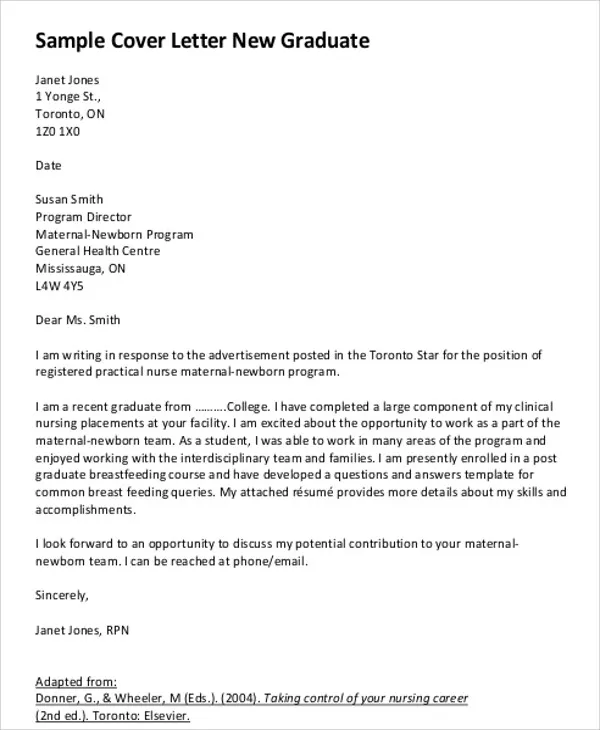
Following your contact information, include the date and the recipient’s details. The date is essential, placed below your contact details. Then, include the hiring manager’s name (if known), their title, and the hospital or clinic’s address. This demonstrates that you’ve researched the organization and taken the time to address the letter to the appropriate person. If you don’t know the hiring manager’s name, try to find it online or use a general title like ‘Hiring Manager’ or ‘Recruitment Team’. Properly formatting this part is critical for showcasing your professionalism. Example: October 26, 2023; Ms. Sarah Johnson, Nurse Recruiter, City General Hospital, 456 Oak Avenue, Anytown, CA 67890.
Greeting and Salutation
Start your cover letter with a professional greeting. If you know the hiring manager’s name, use ‘Dear Mr./Ms./Mx. Last Name’. If you don’t know the name, use a general greeting like ‘Dear Hiring Manager’ or ‘Dear Nurse Recruitment Team’. Avoid outdated or overly casual greetings. The greeting sets the tone for your letter, so choose one that is respectful and appropriate for a professional context. If you’re unsure, it’s always best to err on the side of formality. Use a clear, friendly, and professional tone. After the greeting, leave a space before starting the body of your letter.
Crafting a Compelling Opening Paragraph
Your opening paragraph is your opportunity to grab the reader’s attention and make a strong first impression. Begin by stating the specific position you are applying for and where you saw the advertisement. Immediately express your enthusiasm for the role and the organization. Briefly mention your key qualifications or skills that align with the job requirements. Avoid generic openings; instead, craft a personalized statement that shows you have done your research and understand the company’s values and mission. This paragraph should be concise, engaging, and designed to capture the hiring manager’s interest, encouraging them to continue reading and learn more about your candidacy. It is your opportunity to set a positive tone and demonstrate your motivation for the position.
Highlighting Your Qualifications and Skills
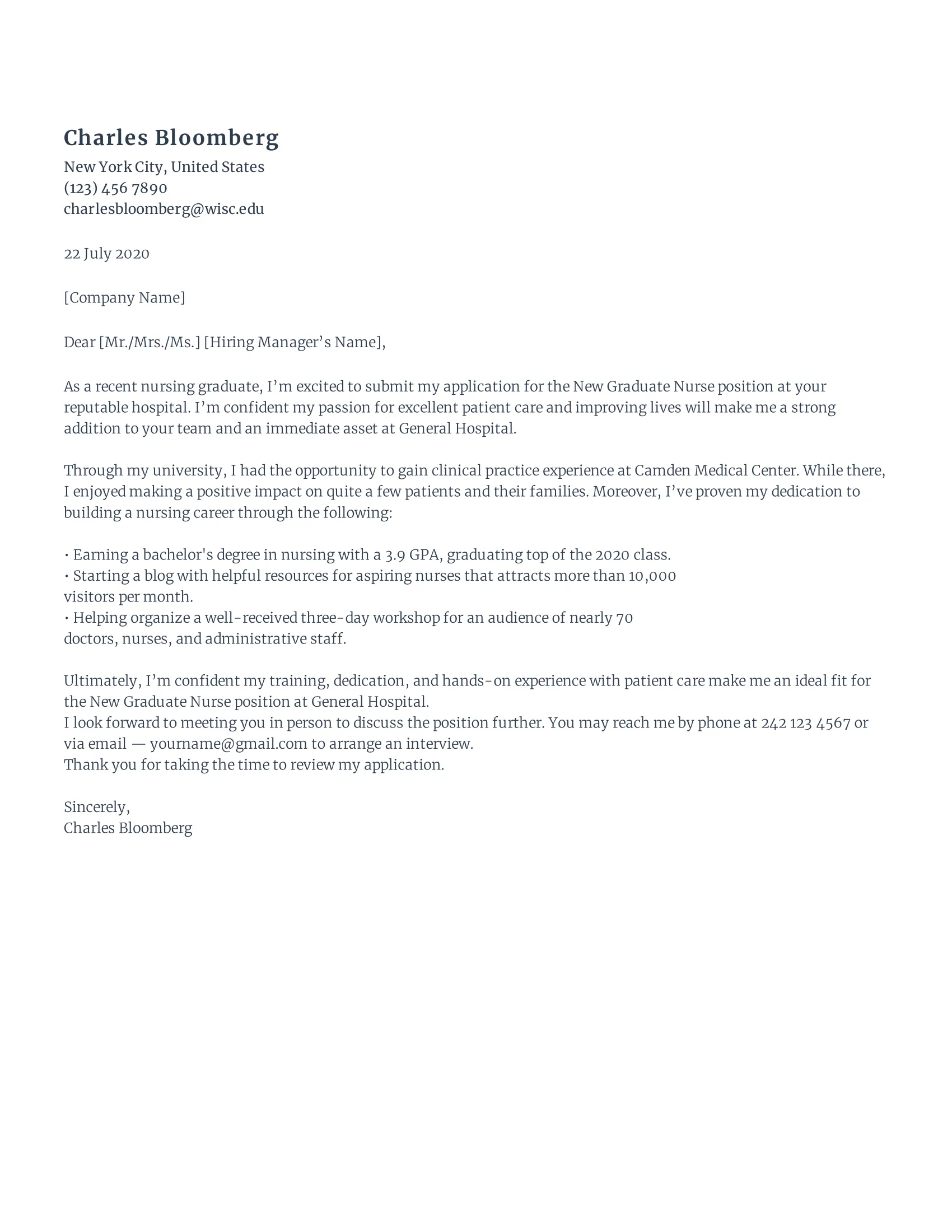
The body of your cover letter should highlight your qualifications and skills, demonstrating how you meet the requirements of the position. This is where you showcase your relevant experience, education, and certifications. Provide specific examples of your accomplishments and skills, quantifying them whenever possible. Use the job description as a guide to tailor your letter, emphasizing the skills and experiences that are most relevant to the employer’s needs. Ensure your letter reflects the specific requirements of the job posting. Illustrate your capabilities with concrete examples. This section should convince the reader that you are a perfect fit for the role and that your skills and experiences align with the needs of the organization.
Showcasing Relevant Experience
Detail any clinical rotations, internships, or previous healthcare roles. Focus on experiences that are directly relevant to the position you are applying for. Describe your responsibilities, the skills you used, and the outcomes you achieved. Quantify your achievements whenever possible. For example, ‘Successfully managed a team of nurses, improving patient satisfaction scores by 15%.’ Use action verbs to describe your contributions and the results you achieved. Be specific and provide concrete examples to illustrate your abilities. This will give the hiring manager a clear picture of your capabilities and how you can contribute to their team. Always tailor the experiences described to the job requirements.
Emphasizing Clinical Skills
Nursing roles depend heavily on clinical skills. In your cover letter, be sure to highlight the specific clinical skills that are pertinent to the job. Mention any certifications (e.g., BLS, ACLS) and areas of expertise (e.g., critical care, pediatrics). Provide detailed examples of how you’ve applied these skills in practice. For example, ‘Administered medications to over 50 patients daily, ensuring accurate dosage and timely delivery.’ If possible, include specific instances where you have used these skills to improve patient outcomes. Highlight your proficiency in key nursing procedures, such as patient assessment, medication administration, wound care, and IV insertion. Tailoring the focus on the skills can help you stand out.
Demonstrating Soft Skills and Attributes
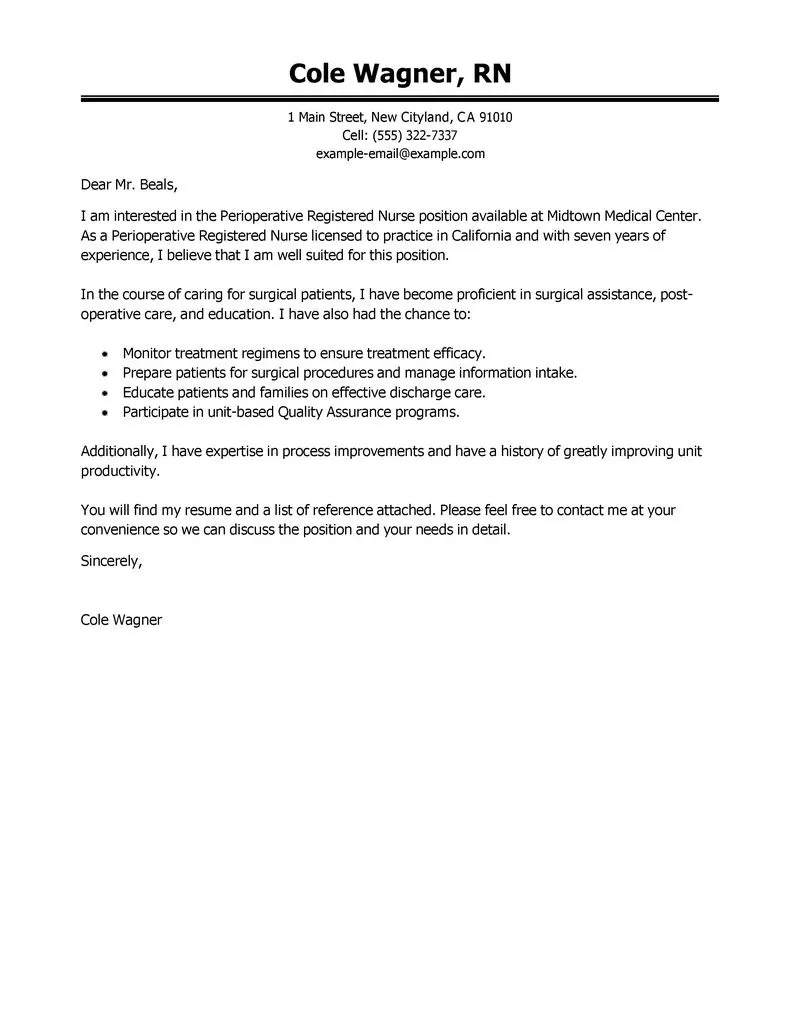
While clinical skills are crucial, soft skills and personal attributes can be equally important. Showcase your communication, teamwork, problem-solving, and critical-thinking skills. Illustrate these skills with concrete examples. For instance, ‘Collaborated with a multidisciplinary team to develop and implement a new patient care protocol, which resulted in a 10% reduction in patient readmission rates.’ Show how you have demonstrated leadership, adaptability, and empathy in previous roles or during your clinical rotations. Mention your ability to handle stress, make quick decisions, and work effectively under pressure. Emphasize your ability to work collaboratively with other healthcare professionals, as well as your compassion, patience, and dedication to patient care.
Expressing Enthusiasm for the Role and Organization
Express your genuine interest in the specific role and the organization. Demonstrate that you’ve researched the hospital or clinic and understand its mission, values, and culture. Explain why you are enthusiastic about working there. Mention specific aspects of the organization that appeal to you. This might include their approach to patient care, their commitment to staff development, or their involvement in the community. Tailor your letter to show your understanding of the organization’s values. Explain why you want to join their team and what you hope to contribute. This section allows you to personalize your application and show that you are genuinely interested in the opportunity and committed to the organization’s success.
Closing the Cover Letter Effectively
Your closing paragraph should reiterate your interest in the position and your qualifications. Restate your value proposition, emphasizing how your skills and experiences align with the job requirements. Express your enthusiasm for the opportunity and thank the reader for their time and consideration. Provide a clear call to action, such as requesting an interview. The closing should be concise and leave a lasting positive impression. This ensures that the recruiter remembers your message and is motivated to take the next step. Your closing is an opportunity to re-emphasize your enthusiasm and encourage further action, moving your application forward.
Call to Action and Contact Information
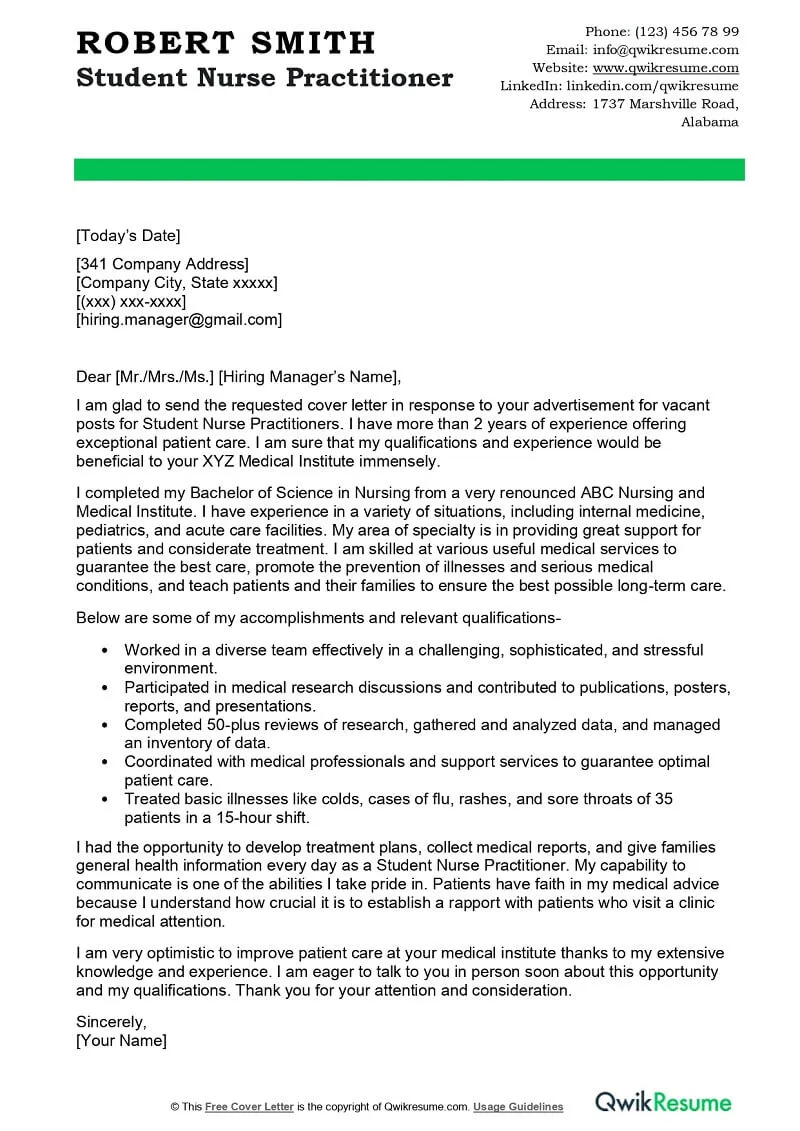
End your cover letter with a clear call to action, requesting an interview. State your availability and willingness to discuss your qualifications further. Reiterate your contact information so the hiring manager can easily get in touch. For example, ‘I am eager to learn more about this opportunity and discuss how my skills and experience can benefit your team. Thank you for your time and consideration. I can be reached at [phone number] or [email address].’ This leaves a lasting positive impression and makes it easier for the employer to respond. Including a call to action is a professional way of telling the employer you are ready to interview.
Proofreading and Formatting
Proofreading and formatting are essential to ensure your cover letter is polished and professional. Carefully review your letter for any grammatical errors, spelling mistakes, or typos. Ask a friend, mentor, or career counselor to proofread your letter as well. Correct any errors in grammar, punctuation, or word choice. It will make your letter professional and easy to read. Pay close attention to the formatting of your letter, including font, spacing, and margins. Ensure the format is consistent and easy to read. A well-formatted and error-free cover letter demonstrates your attention to detail and professionalism. This step is crucial for showing you are serious about the job.
Formatting for readability
Use a clean and easy-to-read font, such as Times New Roman, Arial, or Calibri, with a font size of 11 or 12 points. Use single spacing within paragraphs and double spacing between paragraphs. Maintain consistent margins (typically 1 inch on all sides). Break up large blocks of text with bullet points or short paragraphs. Ensure your letter is well-organized with clear headings and subheadings. This will help the hiring manager easily find the information they need. Good formatting enhances readability. A well-formatted letter shows respect for the reader’s time and increases the likelihood that they will pay attention to your message. Ensure the overall layout is balanced and visually appealing.
Tailoring Your Letter to Each Application
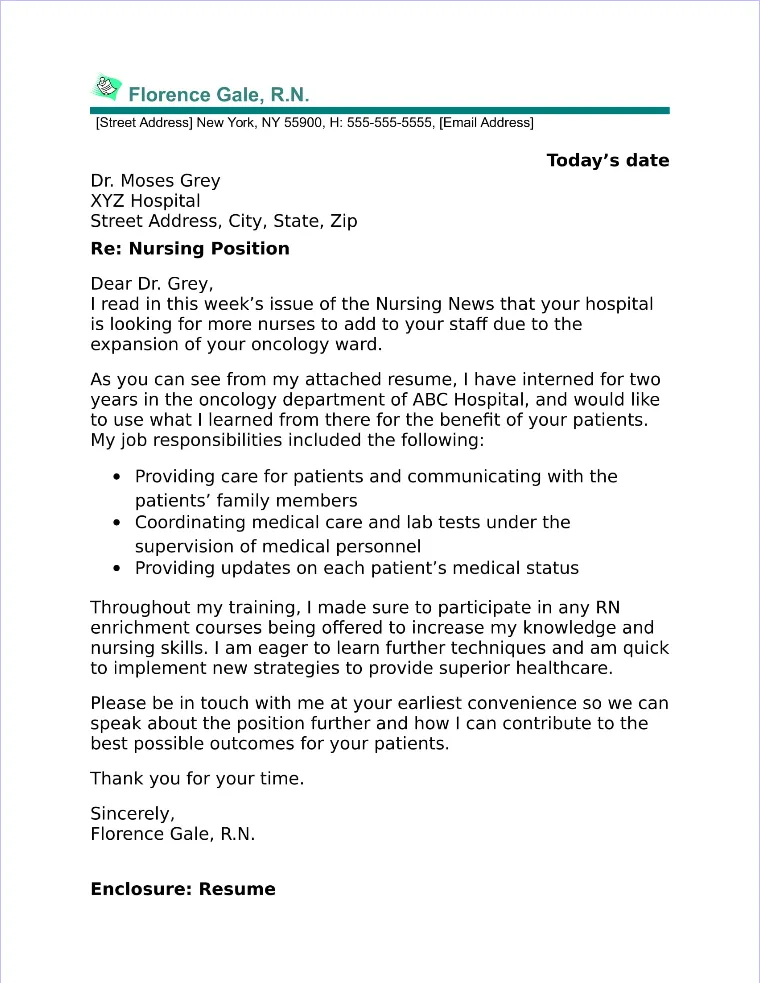
Customize your cover letter for each job application. Avoid using a generic template. Tailor your letter to the specific requirements of each position. Review the job description carefully and highlight the skills and experiences that are most relevant. Research the organization and incorporate details that show you understand their mission, values, and culture. Tailoring your letter shows that you’ve taken the time to understand the job and the organization, indicating your interest and professionalism. Adapt your letter to match each unique job opportunity. This strategy greatly increases your chances of success. Customize your cover letter with the specific needs of the employer.
